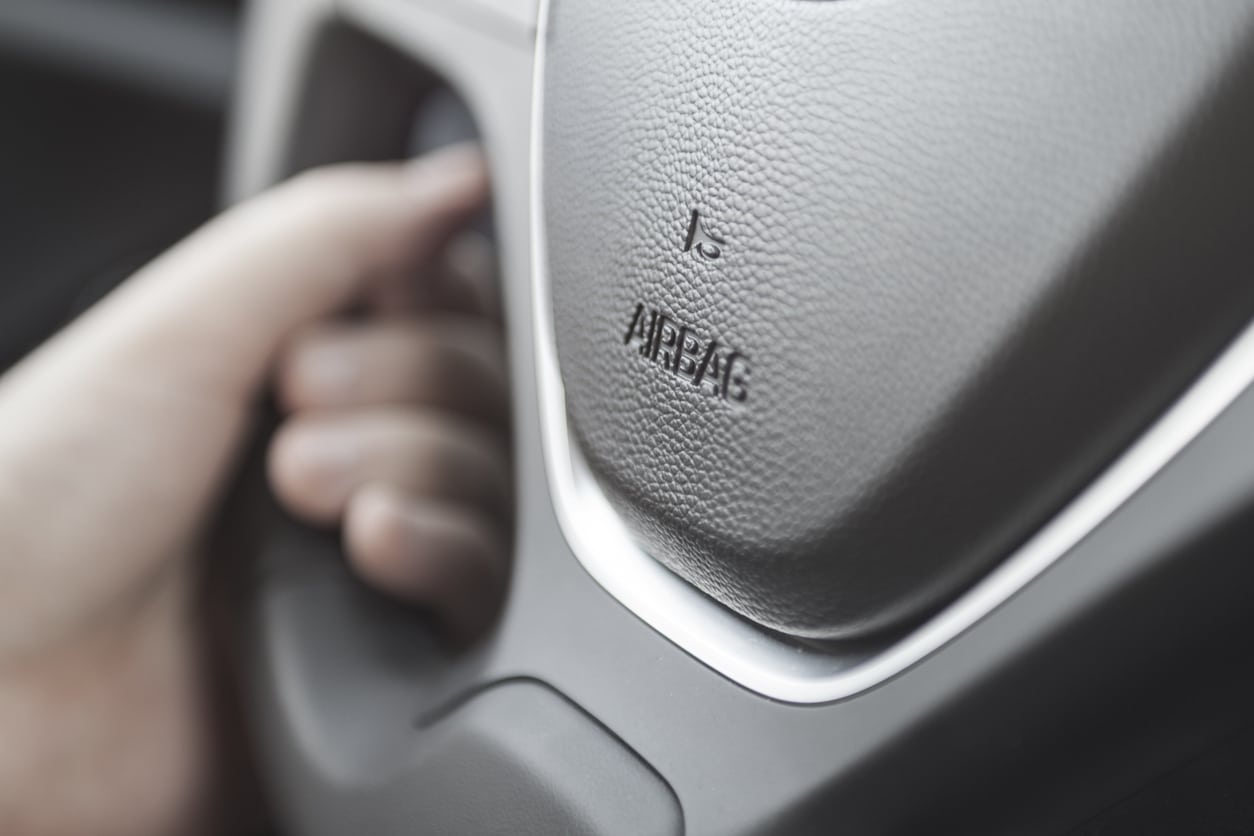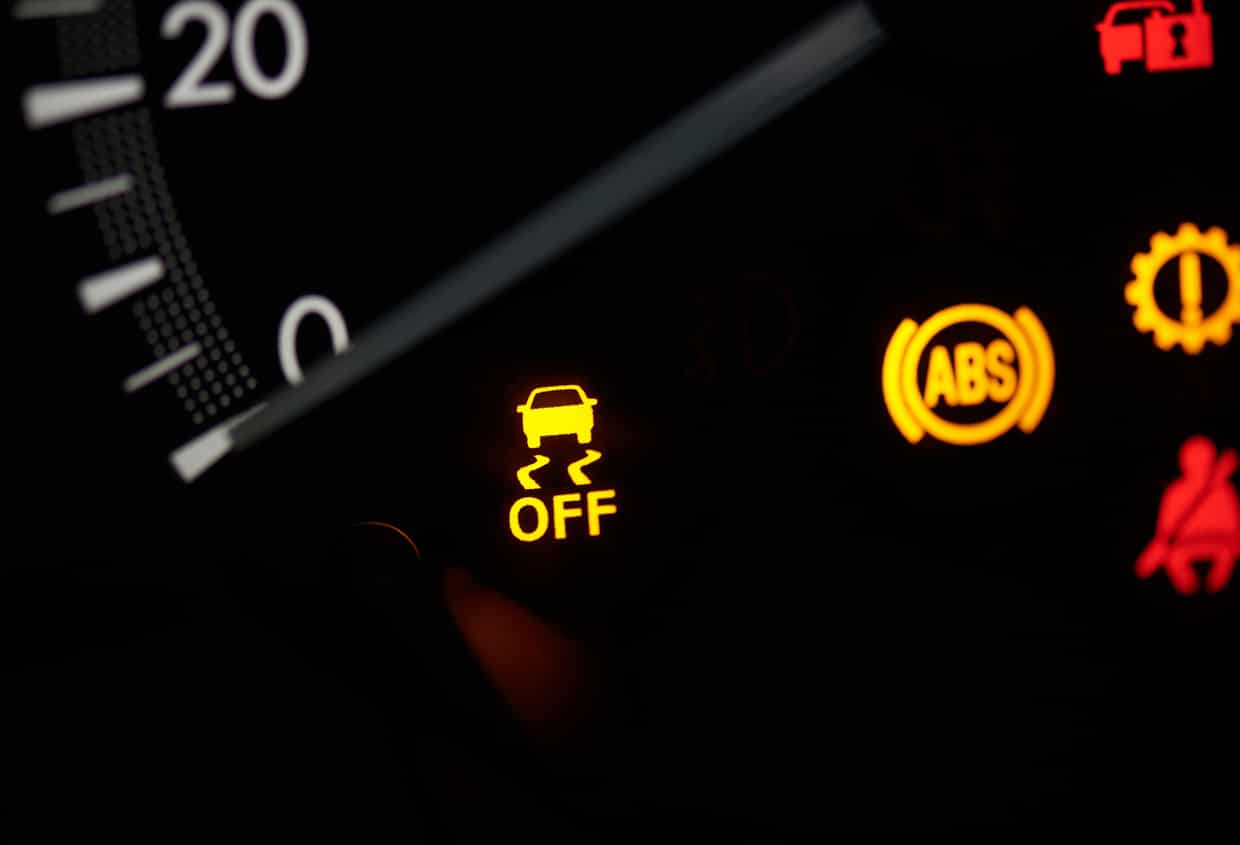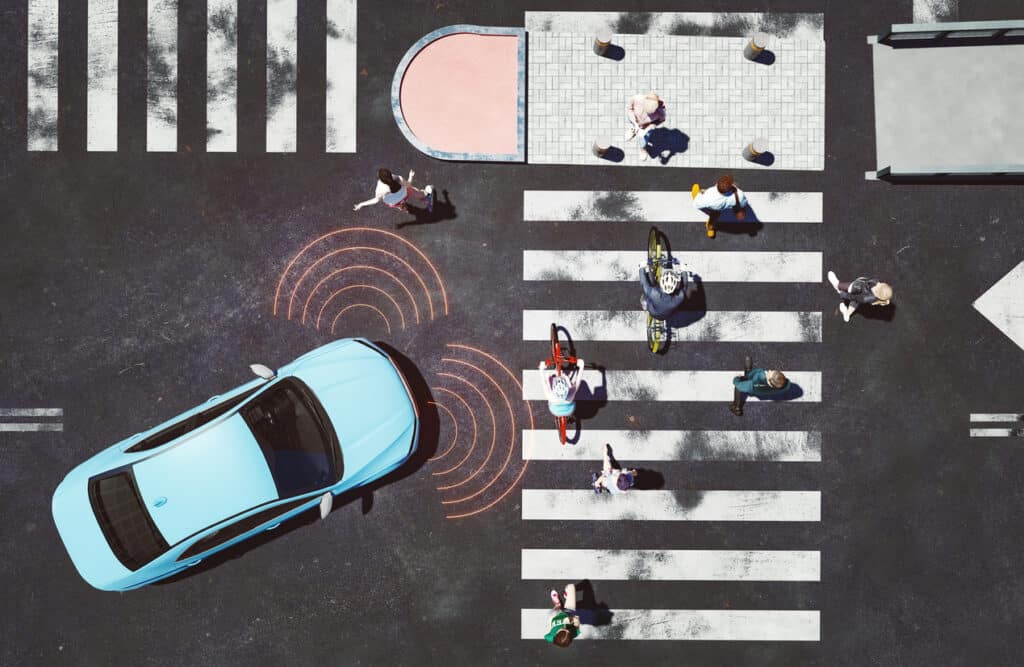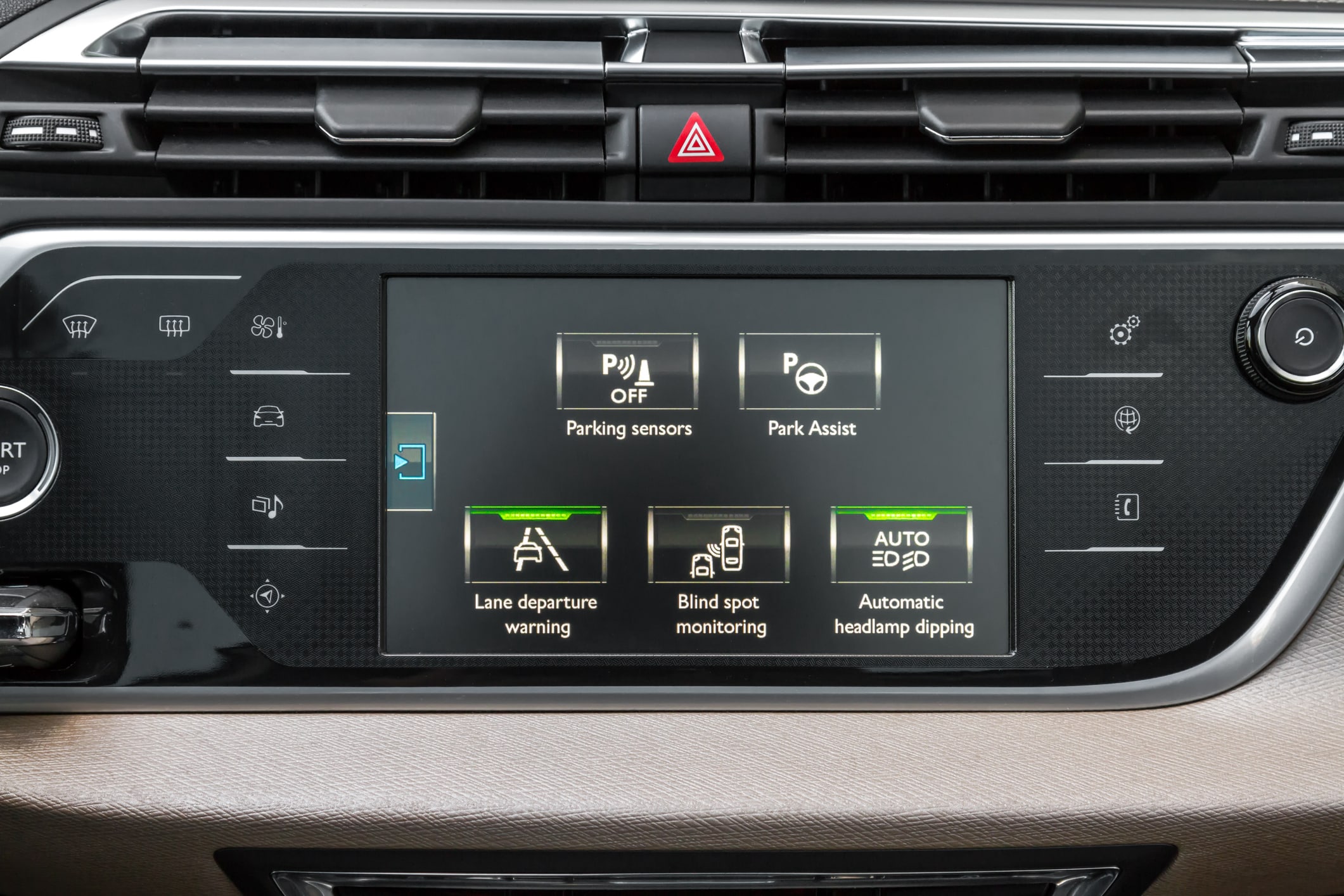Modern cars are laden with tech, designed to make them safer for everyday driving. These systems work behind the scenes to keep the car on the road and protect the driver and passengers in an accident. Every new car is tested rigorously to make sure it meets strict safety standards, and a high Euro NCAP (New Car Assessment Programme) rating can make or break how well a new model sells when it hits the forecourt.
While safety features may not be as exciting as performance stats and dashboard infotainment centres, you shouldn’t overlook them when choosing your next car. Of course, every driver is aware of things like airbags and seatbelts, but there are now loads of other more high-tech features that can help protect you and your family when out and about.
In this guide, we introduce common car safety features, looking at how they work to make driving safer for you.
- Airbags
- Seatbelts
- Antilock Brakes (ABS)
- Traction Control
- Brake Assist
- Collision Warning and Detection
- Lane Departure and Blind Spot Warning
- Automatic Crash Alert System

Airbags
Airbags have been around for decades now, and most new cars are fitted with several to protect the driver and passengers if you’re unlucky enough to have an accident. Since they were made a legal requirement in 1998, airbags have come on leaps and bounds in terms of the protection they offer, and they now help to save hundreds of lives every year in accidents on the road.
How Do Airbags Work?
Modern airbags inflate in a millisecond – literally the blink of an eye – and rely on sensors which detect a collision to the front, side or rear of the vehicle. There are several different types of airbags, including adaptive, dual-stage and curtain, but curtain airbags are considered the most effective in keeping people safe in an accident, as they do a great job of holding people in place to prevent head injuries.
In the past, there was a lot of speculation about the safety of airbags themselves, with several reports of children being killed or injured when the bags inflate. Now, however, modern airbag systems can detect the weight of the person sitting in the seats, and will automatically adjust the power and speed of the inflation so they don’t injure people.
Seatbelts
Originally introduced in 1948 as an optional extra on Ford cars, seatbelts are now one of the most important safety features on a car, and drivers face a penalty and fine if they’re caught not wearing one. Like airbags, they’re known as a Primary Restraint System (PRS), meaning they play a crucial role in driver and passenger protection and safety.
How do Seatbelts Work?
Seatbelts are anchored to a thing called a retractor mechanism, which locks the belt in place when a car stops suddenly, and this stops you from flying forward. There are several different types of seatbelts, including two-point, three-point and four+ point, but the three-point belt is the type most commonly used on today’s cars.

Antilock Brakes (ABS)
Before ABS came along, it was possible to lock-up a car’s wheels under heavy braking, making it impossible to steer around a corner – pretty dodgy, right? Antilock brakes prevent this problem, making sure wheels are allowed to keep on turning even under hard braking.
How does ABS Work?
ABS uses four sensors to give feedback to the main electronic control unit about the rotational speed of each wheel. When you brake and the wheels start to slow, the system monitors how fast each wheel is turning, and adjusts the braking force to make sure no wheel stops turning completely – this prevents a skid.
Modern ABS takes this a step further, using gyroscopic technology to gauge the direction and travel of each wheel as well, so that braking force is more evenly distributed when a car is cornering. They also work in line with the traction control system, allowing you to accelerate quickly with minimal wheel spin.
Traction Control
While professional drivers may scoff at the idea of relying on traction control, the system is hugely important in maintaining the safety of modern road cars, and can prevent crashes due to driver error when cornering or driving on hazardous surfaces, such as snow and ice.
How does Traction Control Work?
Traction control is an electronic system, connected to your car’s ECU. Like ABS, it relies on sensors, which tell your car how fast the wheels are rotating compared to the actual speed you’re travelling. They’re great for reducing wheel spin when a car is accelerating, and are essential for driving in heavy rain, snow and ice. When a wheel loses traction, the system works with the ABS to slow it down until it regains traction.
Brake Assist
A modern safety feature now found on many new models is brake assist. It’s designed to make emergency braking safer and more efficient, helping you to stop your vehicle faster to avoid an accident.
How does Brake Assist Work?
The way Brake Assist usually works is, your car has a set brake force threshold. If you slam on the brakes hard enough and quickly enough to go over this threshold, the ECU assumes that it’s an emergency brake, and applies full power to the brakes. This full power is faster and more efficient than using just your foot, so car can stop more quickly.
Collision Warning and Pedestrian Detection
As car safety features become more advanced, we’re seeing more tech that’s designed to help avoid accidents altogether, rather than simply preventing injuries after a crash. One of these systems is collision warning and pedestrian detection, which helps to warn you about an upcoming accident so that you can try and avoid it.
How do Collision Warning Systems Work?
Collision warning systems use a combination of radar, laser and camera technology to detect objects around the vehicle. When an object is detected, you’ll be alerted by a sound or a warning sign on a heads-up display. In some circumstances, automatic emergency brakes may be applied to prevent a collision if it’s too late for you to react.

Lane Departure and Blind Spot Warning
Motorway driving can be tiring, and it’s easy for drivers to lose focus when travelling for miles on a long stretch of road. To help maintain motorway safety, new cars are now being fitted with blind spot warning and lane departure alert technology, reducing the likelihood of a serious high-speed collision.
How do Lane Departure and Blind Spot Warning Systems Work?
Like collision warning systems, lane departure and blind spot warnings rely on radar, laser and camera technology. These technologies constantly monitor the car’s position on the road, and will tell you when there’s an object in your blind spot – making them indispensable for both motorway and inner-city driving.
Automatic Crash Alert System
With many new cars now connected to the internet or the driver’s phone, some manufacturers such as Ford have introduced systems which automatically call the emergency services in the event of an accident. This kind of automation means that, in the event of a serious accident, the chances of survival are improved, particularly on rural roads or late at night when there may not be any witnesses to the incident.
How do Automatic Crash Alerts Work?
If your car is connected to the web or your Bluetooth handset, a call will be made to the emergency services, describing the crash and the exact location of the car. This service is triggered by the ECU, which monitors the crumble zones and airbag ignition system for signs of a collision.
While cars are getting safer, drivers still need to be prepared should the worst happen. At Holts, we can’t prevent accidents but we can help you get back on the road if your car suffers a non-starting engine or flat tyre. Check out our complete range of DIY car maintenance products today by visiting our homepage.


